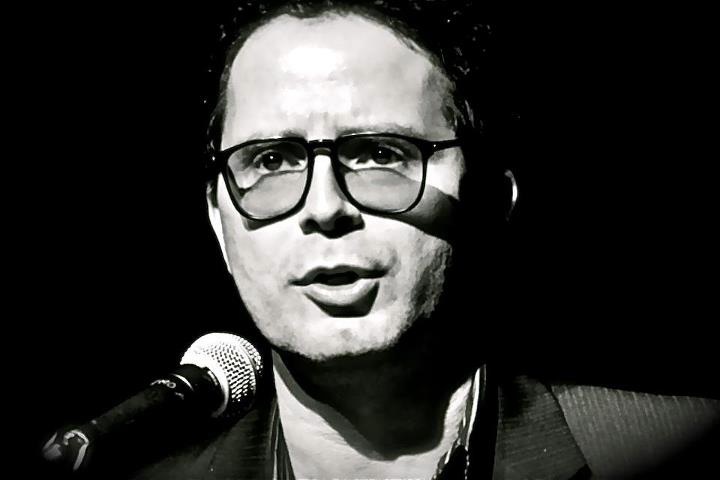 I just got back from Medellín, where I spent an interesting weekend getting reintroduced to the country's second largest city, one that I had not visited since 1981.
I just got back from Medellín, where I spent an interesting weekend getting reintroduced to the country's second largest city, one that I had not visited since 1981.I went there to give the keynote speech at the IV Encuentro de EPM con Medios Alternativos, or the Fourth Encounter of Alternative Media sponsored by the state corporation EPM, Empresas Públicas de Medellín. EPM has been playing a leading role in strengthening the work of community-based media throughout Medellín, the department of Antioquia, and other parts of the northwestern region of Colombia, including Chocó, something that I found quite refreshing. Imagine Con Edison, or the MTA taking the time out to bring together over 250 journalists, activists, designers and other alternative media practitioners together to discuss important issues affecting the free flow of information and access in the New York Metropolitan area? Not likely anytime soon, no doubt!

This year's forum had the theme of "Local Focus: Another Look at Journalism." I had been asked to talk about some of my experiences in alternative and community media, both in the United States, and in Colombia. Quite frankly, I was a bit nervous because in speaking to so many of the participants prior to my talk, I realized immediately that any one of them could have given the keynote speech, considering their wealth of experiences and knowledge from a wide range of locations in the region.
For example, take the case of Emiro Marin Carvajal, a small-scale local business owner from the municipality of Rio Negro, who started up a "virtual newspaper" to serve as a voice for the hundreds of people, like himself, forcibly displaced by the war of terror waged by the paramilitaries in the region. His website, Info-oriente, provides a space for news, analysis, and conversation for the communities in Antioquia that have been victimized over the years by this state of war. I met many other people doing similar work, on the internet, through community radio and television stations, and small-scale, local newspapers, serving both rural and urban audiences.
In my presentation I spoke of both the community radio experiences of Pacifica Radio in the U.S., but focused more of my attention on the work of the Tejido de Comunicación of ACIN, the indigenous organization in northern Cauca that has done tremendous work informing both the local and international community about the recent Minga Popular.
In systematically breaking down the mass media coverage of the Minga Popular, I described the important role of community media channels in creating alternative narratives that can indeed have an impact on a local, national and even international level. As in other talks I have given here over the last several weeks, I was not surprised to hear so many people say they were not aware about the Minga's objectives, and were shocked to hear about the profound levels of misinformation that consistently found its way onto the major media channels in Colombia during the six weeks of mobilization. I was pleased with the people's responses, as several people expressed a commitment to break down the myths established in the major media through their local media channels.
I'll have more details later....
MAMA

No comments:
Post a Comment